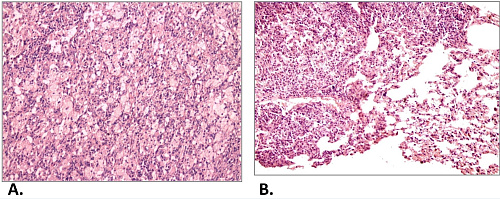






Metal-ion batteries are main drivers enabling a soon though smooth transfer to renewables and green energy for a sustainable planet. The artfully designed electrode materials have greatly contributed to the development of high-performance Li-ion batteries that was eventually hallmarked by the 2019 Nobel Prize, which had signified the role solid state chemistry. Targeted design of novel metal-ion battery materials to bring the technology to the next level clearly stands as a great challenge for today’s chemistry community. The individual properties of atoms and ions encoded in the Periodic Table along with the fundamental trends and principles multiplied by further levels of complexity (Figure) constitute multitude of possible combinations for scientists to find new battery electrodes. Obviously, the researchers desperately need solid guidelines while searching through this huge parameter space for the best chemical combinations and structures.
The review published in Nature Communications summarizes and explains the fundamental chemical principles and recipes and discusses the recent achievements made in the design of electrode materials and solid electrolytes by manifesting the interplay between chemical composition, crystal and electronic structure and electrochemical properties. Emphasized is a crucial role of advanced methods: diffraction, imaging and spectroscopic characterization techniques coupled with solid state chemistry approaches for improving battery materials opening emergent directions for further studies.
Professor Stanislav Fedotov: “In a near prospect we foresee way more vitally essential discoveries of functional materials enabled by solid state chemistry. All students and researches who are eager to contribute to the development of current and upcoming technologies intended to make a better world are warmly welcome to enroll in our materials chemistry courses delivered within the materials science Master and PhD programs at Skoltech”.
Professor Artem Abakumov, Director of CEST: “With this brief review we demonstrated that behind seemingly applied research targeting the specific product – metal-ion batteries – wealth of fundamental science is hidden. Rational design of advanced electroactive materials and solid electrolytes for the future batteries calls for deep understanding of crystal chemistry, chemical bonding and electronic structure of solids, ionic transport, electrochemistry and up-to-date characterization techniques coupled with the broad vision stemming from the adjacent branches of solid state chemistry. Powerful computational methods of material’s design and discovery are coming to empower the researchers in the nearest future, but they must act hand-in-hand with the scientific wisdom brought by a multifaceted solid state chemistry approach.”

